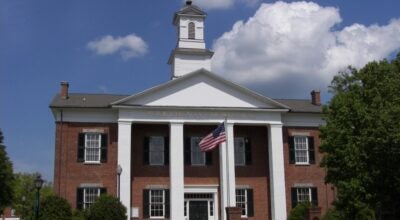Finding those night-birds
Published 3:09 pm Monday, April 19, 2010
Finding owls and nightjars during the day is always a rather hit-and-miss affair. To find them, one has to know where the birds live, know their habits, plus have a dose of good luck and chance. Finding one during the daytime is harder, as many roost motionless on tree limbs or on the ground and their complicated plumage of brown, gray and black feathers perfectly match the dead leaves of the forest floor. It is far easier to head out after dusk to hear these mostly nocturnal species, as all of them have loud, far carrying and very distinctive voices.
In the Carolinas we have three members of the globally widespread nightjar family. These are the Common Nighthawk, Chuck-wills-widow and Whip-poor-will. All three are found throughout our local area, although they are somewhat local and patchy in their distribution.
Lets start with the first arrivals in the springtime. Both the Chuck-wills-widow and the Whip-poor-will will be back in our Carolina woodlands by the end of March or during the first couple of weeks of April. They spend the winter from the Gulf Coast of the United States, to as far south as northern South America, with some even wintering as far north as coastal North Carolina. Common Nighthawks tend to arrive back a little later than the other two and usually start to appear around mid-April.
Simon Thompson has lived in WNC for the past 16 years. He owns and operates his own birding tour company, Ventures Birding Tours. www.birdventures.com.
If you have birding questions, please drop me an e-mail at the above site





